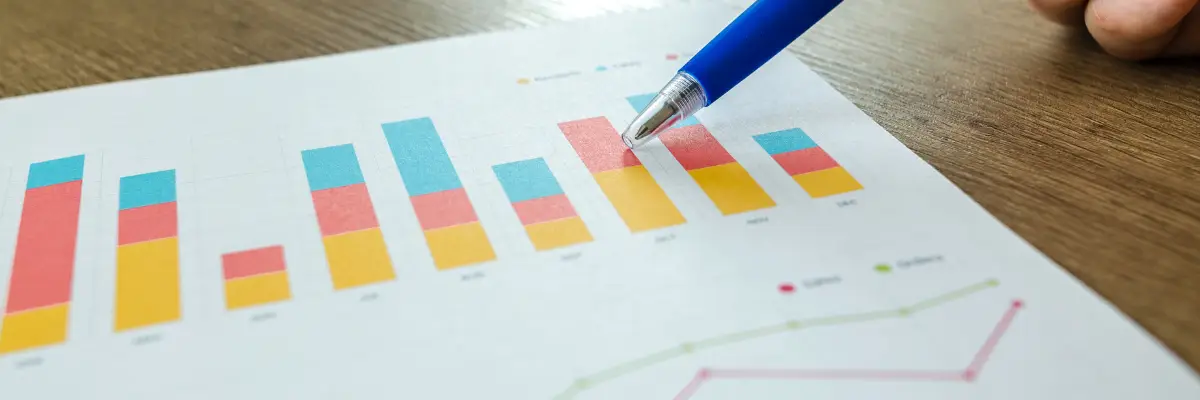February 2022 Overview: Sales Begin Seasonal Upswing, But Down From Last Two Unusually Strong Februarys
SPAAR - 04/15/2022
- Twin Cities saw 3,809 signed purchase agreements, down 10.5 percent from February 2021 but above 2019 levels
- The number of homes for sale at month-end fell 19.0 percent from last year
- Median Sales Price rose 8.3 percent to $340,000
(March 15, 2022) – According to new data from Minneapolis Area REALTORS® and the Saint Paul Area Association of REALTORS®, buyer activity in the Twin Cities metro showed its first month-over-month gain since August 2021. As the Covid reshuffle continues to temper, sales are down compared to February of 2020 and 2021, but up from 2019 levels.
LISTINGS & SALES
Buyers signed 10.5 percent fewer purchase agreements than last year and closed on 15.3 percent fewer homes. Since 2020, seller activity has remained especially sluggish—the 4,427 new listings are 18.2 percent fewer than February 2020. While the seasonal uptick toward spring market has begun, it may prove challenging to match activity levels from the prior two years, as the pandemic and the prospect of rising rates shifted activity up from 2022 and 2023 into 2020 and 2021 to accommodate working and learning from home.
“Homes sold more quickly last month than they did last February, and prices rose over 8.0 percent,” said Denise Mazone, President of Minneapolis Area REALTORS®. “While we may not reach the heights of 2020 and 2021, the market remains competitive, homes are still selling rapidly often with multiple bids, and buyers and sellers need to be prepared to move quickly.” Market times have been falling for years, but today’s listings spend even less time on the market. Two years ago, half of the listings went under contract in under 40 days, but last month, half of the listings spent fewer than 19 days on the market. That’s more than a 52.0 percent drop.
HOME PRICES & INVENTORY
The median sales price in the Twin Cities rose 8.3 percent from last February to $340,000. That’s exactly half the 16.6 percent year-over-year rate of price growth seen in May 2021. Rising prices are expected to continue in a persistently undersupplied market with historically strong demand. The Twin Cities presently has about three week’s supply of inventory (0.8 months), where a balanced market would supply four to six months’ worth of homes given recent demand.
Inventory levels dipped 19.0 percent from this time last year. Compounded with a 38.2 percent fall from 2020 to 2021, the metro is facing an inventory shortage that should keep prices strong, market times fast, multiple offers fairly commonplace and some sellers getting above asking price. “Homeowners have gained significant equity, particularly over the last few years,” according to Mark Mason, President of the Saint Paul Area Association of REALTORS®. “Having a knowledgeable advisor to navigate a fast and complex process can help buyers be more competitive and successful.”
LOCATION & PROPERTY TYPE
Market activity varies by area, price point and property type. New construction sales fell 15.5 percent compared to only a 12.2 percent dip in sales of previously owned homes. Single family sales tumbled 9.8 percent while condo sales were down an even 10.0 percent. Between Minneapolis and St. Paul, the latter took the harder hit in sales losses. Saint Paul’s sales were 24.8 percent down compared to Minneapolis’ loss of 15.1 percent. Hastings, Delano and Rush City all had more than double the sales from last year while Hugo, Little Canada and East Bloomington weren’t far behind. Sales fell by around 50.0 percent in Prior Lake, New Hope, Big Lake and Golden Valley.
Featured Content
Time for a few more CE Credits
Tune into SPAAR’s course offerings for CE Credits to stay compliant or simply to take advantage of topics offered.




